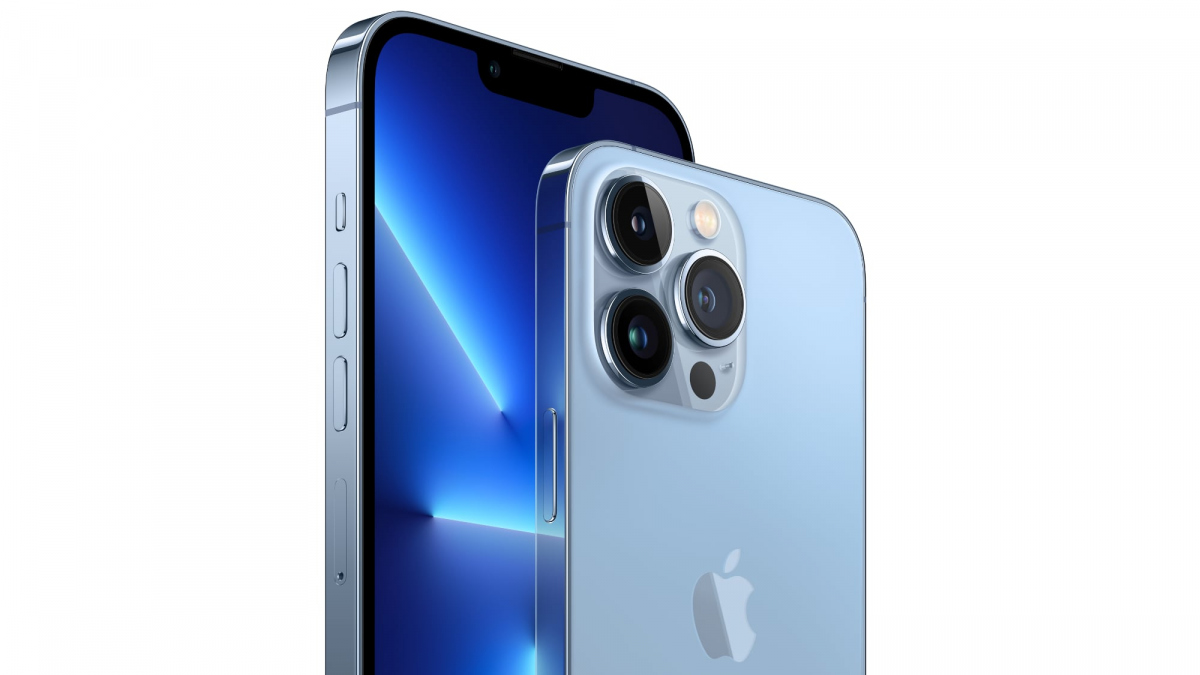Apple’s iPhone 13 lineup, new iPads and Apple Watch 7
Apple’s annual revamp spans from a relatively muted iPhone upgrade to a bigger-screen iPad mini tablet.

Apple’s wide-ranging product launch held overnight held few surprises for those who closely monitor the industry buzz.
At a media event dubbed California Streaming, the company rolled out the latest models in its flagship iPhone family, along with the new Watch 7 series and upgrades for the iPad and iPad Mini.
Apple’s iPhone 13 series
The new models – iPhone 13, iPhone 13 Mini, iPhone 13 Pro and iPhone 13 Pro Max – look similar to the iPhone 12, but include a smaller display cutout at the top of the screen, faster chips and upgraded camera systems.
All new iPhone 13 models include the A15 Bionic processor, which Apple says is 50% faster than chips in competing smartphones, and new features to enhance artificial-intelligence tasks.
The company showcased new camera features on the device, including Cinematic mode, which is essentially Portrait mode but for video.
The feature sharpens subjects in the foreground, but blurs backgrounds. It’s a technique often used in the film industry, and Apple’s presentation included The Hurt Locker director Kathryn Bigelow praising the new features.
On the iPhone 13 Pro and Pro Max, Apple is adding a feature called Macro Photography that allows for sharper closeup photos. And there will be an option dubbed Photographic Styles that can enhance colors and tones in photos automatically, using artificial intelligence. The Pro models will be able to take ProRes video, a far higher-quality format.
The cameras on the iPhone 13 and iPhone 13 Mini, meanwhile, capture improved photos in low light and at night and can better handle wide-angle shots, Apple said during the event.
The iPhone’s screen sizes remain 5.4 inches, 6.1 inches and 6.7 inches, depending on whether a user chooses the mini, standard or Pro Max models.
But the displays on the iPhone 13 Pro and Pro Max are 20% brighter and include ProMotion, a dynamic refresh rate system. That allows for higher frame rates, smoother scrolling and improved gaming.
The new models also include custom antennas for 5G, a speedier wireless network that telecom companies are still building out. Apple said it expects over 200 carriers and 60 countries and regions to support 5G by the end of the year. Apple first added 5G to the iPhone last year with the iPhone 12.
The phones have beefier batteries as well, with 1.5 hours of extra charge coming to the iPhone 13 mini and 2.5 hours of more battery life coming to the standard iPhone 13.
The new phones will run iOS 15, an update launching this month with improvements to home screen widgets, new features in the Maps and Messages apps, updated privacy controls, and enhancements to the web browser, FaceTime, Wallet app and health tracking.
The iPhone 13 Mini will cost $1199, with the iPhone 13 priced at $1349. Apple also is doubling the entry-level storage capacity to 128GB and adding a new 512GB configuration.
The iPhone 13 Pro starts at $1699, while the Pro Max costs $1849 and up, with a new 1TB storage option for the Pro models; both models come in a new Sierra Blue color, which is a lighter shade than last year’s Pacific Blue.
Customers can start ordering the new iPhones this week, and they’re due to arrive in stores September 24.
Apple didn’t share an update on its AirPods, which are due for an overhaul – that may come at a future date – or discuss plans to add satellite capability to the iPhone, something that’s expected as soon as next year.
Apple’s iPad, iPad Mini
In the tablet space, Apple unveiled a revamped iPad mini with an iPad Pro-like design, thinner bezels and a larger display, alongside a faster entry-level iPad model.
The new iPad Mini moves Touch ID to the home button on the top, matching the iPad Air from last year.
It’s also 40% faster than the previous version, Apple said at a launch event Tuesday, while gaining a larger, 8.3-inch screen and USB-C charging – the same port as the iPad Pro and iPad Air – in addition to 5G support for the first time.
Also new to the iPad Mini mix: a 12-megapixel camera on the back with LED flash for taking pictures in low light, in addition to the same 12-pixel camera on the front as the entry-level model, and stereo speakers for improved sound.
The new entry-level iPad, meanwhile, now has an A13 processor, an upgrade from the A12 on the previous version, which the company claims will result in 20% faster performance. While retaining the same design as the eighth-generation model launched last year, base storage is doubled to at least 64GB.
It also gains an improved front-facing camera with a 12-megapixel sensor and Center Stage, a feature that automatically shifts the camera’s position digitally to follow around a user during video calls, and True Tone, which adjusts tones based on the surrounding environment.
The entry-level iPad includes support for the original Apple Pencil from 2015, while the new iPad mini supports the second-generation version from 2018.
The standard iPad continues to sell for $499, with the iPad Mini from $749. Apple is also rolling out iPadOS 15 software this month with expanded support for widgets on the home screen.
Apple Watch 7
Rounding out the hardware is the upgraded Apple Watch 7 with larger displays, new watch faces and an updated user interface, although Apple didn’t provide pricing or a specific release date beyond “later this year”.
This marks the first time the company has enlarged the watch display since the Series 4 three years ago; the new screens are 20% larger than on the Watch Series 6 while the borders around the display are also 40% thinner, although the design itself is similar to the previous versions, including rounded edges.
Apple claims the new screen is 70% brighter and more crack-resistant, with upgraded charging to see the device juice up 33% faster with a new USB-C driven charger.
To take advantage of the larger screen area, Apple showed multiple new watch faces, including one that can show two large complications – the industry term for snippets of data like weather, calendar appointments or health information – instead of one at a time like on the previous versions. It also showed new Contour and World Time faces.
This article is published under license from Bloomberg Media: the original article can be viewed here









